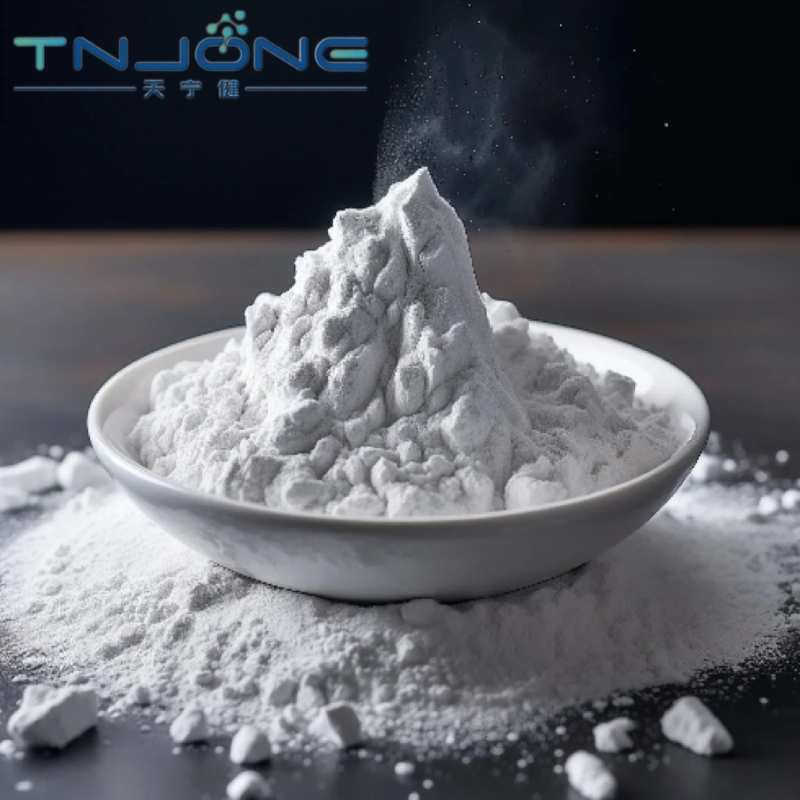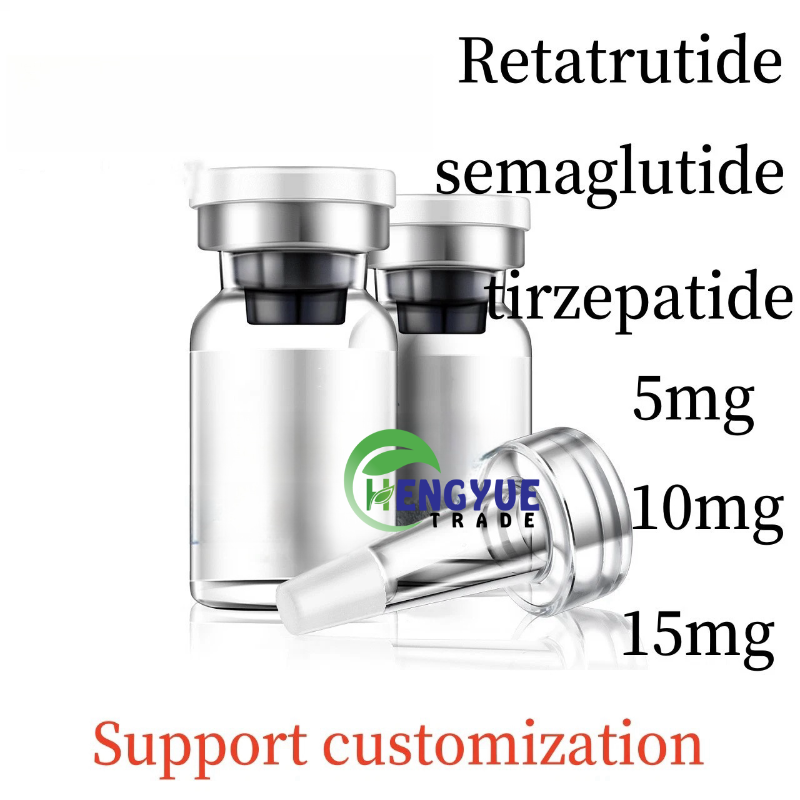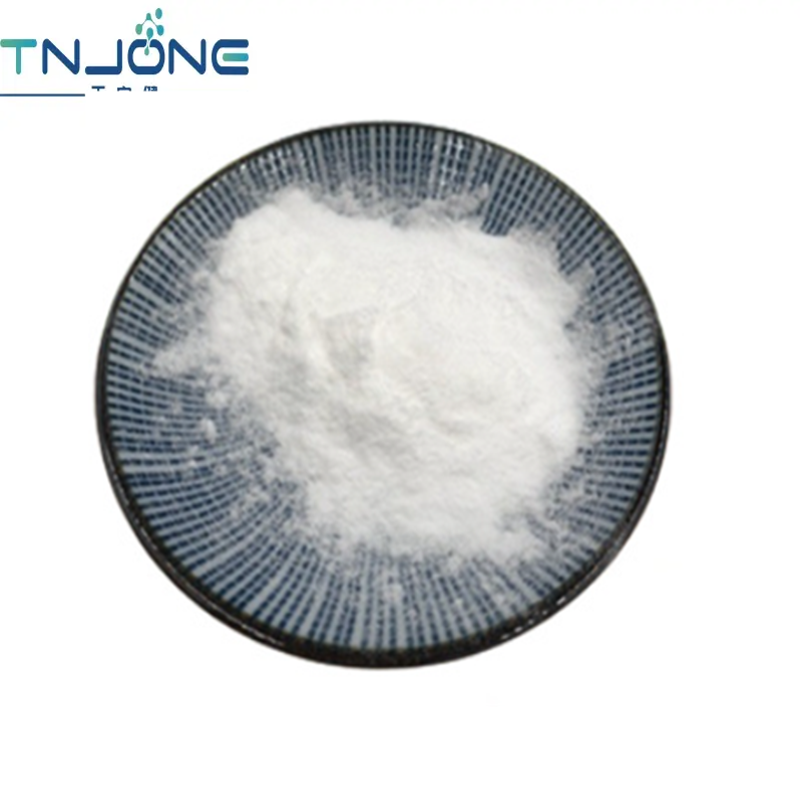-
Categories
-
Pharmaceutical Intermediates
-
Active Pharmaceutical Ingredients
-
Food Additives
- Industrial Coatings
- Agrochemicals
- Dyes and Pigments
- Surfactant
- Flavors and Fragrances
- Chemical Reagents
- Catalyst and Auxiliary
- Natural Products
- Inorganic Chemistry
-
Organic Chemistry
-
Biochemical Engineering
- Analytical Chemistry
-
Cosmetic Ingredient
- Water Treatment Chemical
-
Pharmaceutical Intermediates
Promotion
ECHEMI Mall
Wholesale
Weekly Price
Exhibition
News
-
Trade Service
The production process of (3R,4S)-1-[(benzyloxy)carbonyl]-4-ethylpyrrolidine-3-carboxylic acid involves several steps, each with its own unique challenges and considerations.
In this article, we will take a closer look at the production process of this compound, from the initial reaction steps to the final product.
- Synthesis of 4-ethylpyrrolidine-3-carboxylate
The first step in the production process of (3R,4S)-1-[(benzyloxy)carbonyl]-4-ethylpyrrolidine-3-carboxylic acid is the synthesis of 4-ethylpyrrolidine-3-carboxylate.
This is typically accomplished through a reaction between ethyl iodide and pyrrolidine-3-carboxylic acid, followed by dehydration using a dehydrating agent such as anhydrous sodium sulfate. - Protection of the Carboxyl Group
The next step in the production process is the protection of the carboxyl group of 4-ethylpyrrolidine-3-carboxylate.
This is typically accomplished through the use of a protecting group, such as benzyl chloride or benzyl bromide.
The choice of protecting group will depend on the intended use of the final product and the compatibility of the protecting group with subsequent reaction steps. - Condensation Reaction with Benzyl Alcohol
The protected 4-ethylpyrrolidine-3-carboxylate is then reacted with benzyl alcohol in the presence of a strong acid catalyst, such as hydrochloric acid.
This condensation reaction results in the formation of a benzyl ester, which can be subsequently transformed into the desired acid through a hydrolysis step. - Hydrolysis of the Benzyl Ester
The next step in the production process is the hydrolysis of the benzyl ester, which is typically accomplished using a strong base, such as sodium hydroxide.
This results in the formation of the desired (3R,4S)-1-[(benzyloxy)carbonyl]-4-ethylpyrrolidine-3-carboxylic acid. - Purification and Characterization of the Final Product
Once the (3R,4S)-1-[(benzyloxy)carbonyl]-4-ethylpyrrolidine-3-carboxylic acid has been synthesized, it must be purified and characterized to ensure its purity and identity.
This typically involves the use of chromatographic techniques, such as high-performance liquid chromatography (HPLC), and spectroscopic techniques, such as nuclear magnetic resonance (NMR) spectroscopy.
In conclusion, the production process of (3R,4S)-1-[(benzyloxy)carbonyl]-4-ethylpyrrolidine-3-carboxylic acid is a multi-step process that requires careful attention to each individual step.
From the synthesis of 4-ethylpyrrolidine-3-carboxylate to the hydrolysis of the benzyl ester and purification of the final product, each step must be carried out with care and precision to ensure the desired outcome.
The final product must also be thoroughly characterized to ensure its purity and identity, which is critical for its use in subsequent applications.







